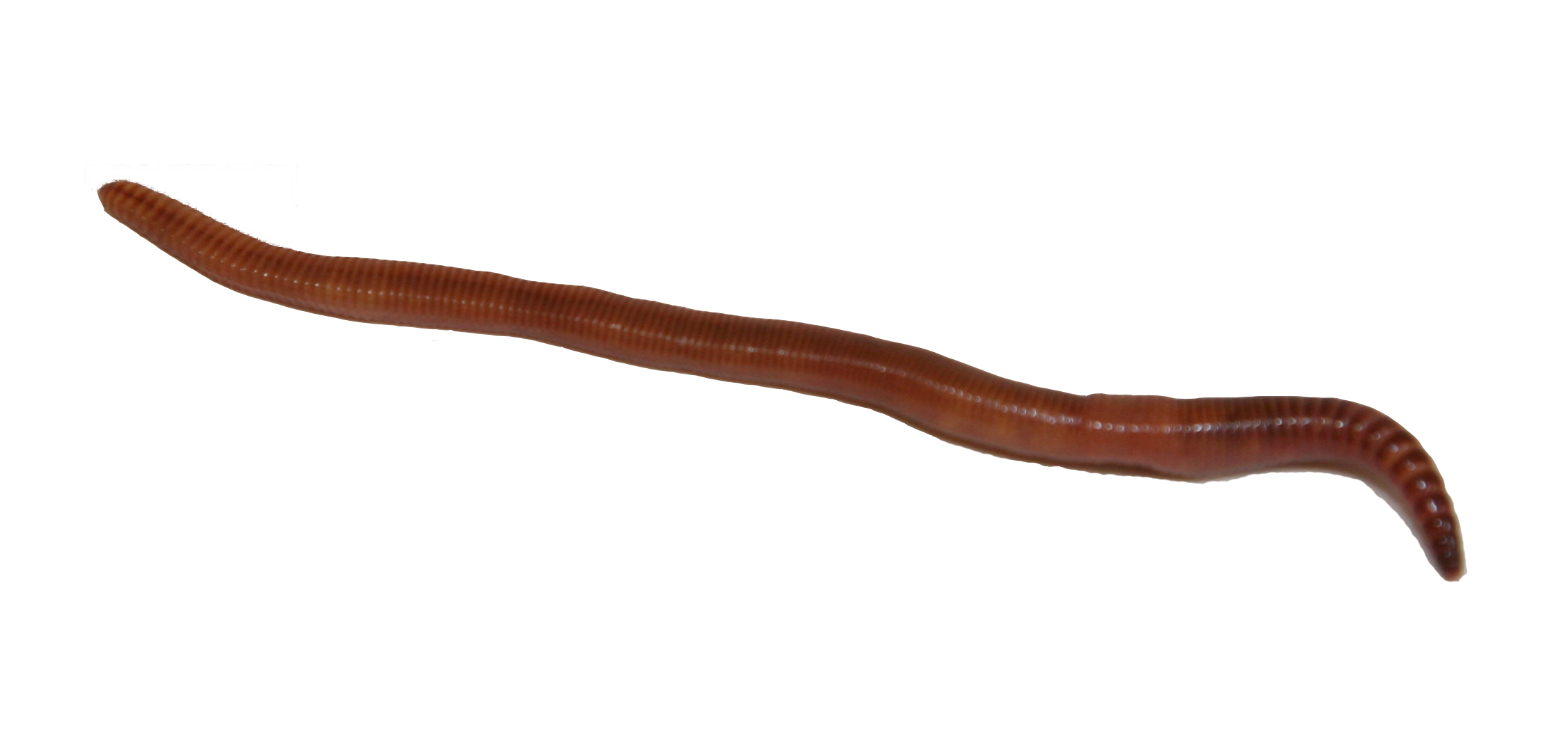Healthy red wigglers: For sustainable composting
Red Wigglers: The Secret to Eco-Friendly Composting
Red wigglers, clinically known as Eisenia fetida, play an essential duty in sustainable composting practices, offering an all-natural option to lose monitoring. red wigglers. These worms not just eat natural materials but likewise transform them right into valuable vermicompost, enhancing dirt health and wellness and advertising eco-friendly balance.
What Are Red Wigglers?
Although several people are familiar with earthworms, red wigglers (Eisenia fetida) are a particular species that play a critical function in composting. Belonging to Europe, they have adjusted well to a selection of environments, particularly in decomposing raw material. Unlike common garden worms, red wigglers flourish in abundant, moist settings, making them perfect for composting systems.
(red worms for sale)These worms are identified by their reddish-brown pigmentation and lengthened bodies, usually measuring between 3 to 4 inches in length. Red wigglers are epigeic worms, implying they live near the soil surface and feed on decaying organic material. Their high reproductive price allows populations to proliferate under optimal problems, with the capability to double in number every few months.
Red wigglers possess an one-of-a-kind digestion system that allows them to damage down organic waste successfully. Their sustainable nature makes red wigglers a valuable property in environment-friendly composting practices.
Benefits of Making Use Of Red Wigglers
Making use of red wigglers in composting systems provides many advantages that boost both the effectiveness of waste decomposition and the high quality of the resulting compost. These earthworms, clinically known as Eisenia fetida, are renowned for their exceptional capability to consume natural waste, converting it into nutrient-rich vermicompost at an excellent rate. Their quick food digestion procedure accelerates the failure of kitchen area scraps and backyard waste, dramatically decreasing the moment required for composting.
In addition to their performance, red wigglers add to improved dirt structure and fertility. The vermicast created by red wigglers is abundant in vital nutrients, helpful microbes, and humic acids, all of which improve soil health and wellness and promote plant development. This nutrient-dense compost aids retain moisture and enhances oygenation in the soil, promoting a thriving environment for plants.
In addition, utilizing red wigglers for composting lowers land fill waste, adding to a more sustainable waste monitoring system. By drawing away organic materials from garbage dumps, composting with red wigglers minimizes greenhouse gas discharges, making it an eco-friendly option for eco mindful people and neighborhoods. Generally, red wigglers provide an efficient and lasting remedy for composting.
Setting Up Your Worm Container
Producing a worm container is an uncomplicated process that requires careful consideration of materials and conditions to make sure a growing setting for red wigglers. Begin by selecting a suitable container, which can be a plastic bin or wood box, with an ability of at the very least 10 gallons for effective composting. Make sure the container has appropriate ventilation by drilling small holes in the cover and sides to enable air flow.
Next, prepare the bed linen, which is essential for preserving moisture and giving a habitat for the worms. Appropriate materials include shredded newspaper, cardboard, coconut coir, or peat moss. Aim for a bedding depth of roughly 4-6 inches, ensuring it is wet however not excessively damp.
It is very important to preserve the best temperature for your worm bin, ideally between 55 ° F and 77 ° F(13 ° C and 25 ° C) Placement the bin in a shaded area to avoid getting too hot. Furthermore, keep the container far from direct sunlight and severe climate condition to shield the worms.
Feeding Your Red Wigglers
Feeding your red wigglers is an important element of effective worm composting, as it straight influences their health and the effectiveness of your composting system - red wigglers. Red wigglers flourish on a healthy diet plan consisting primarily of natural waste materials.
(red wigglers for sale)Begin with small amounts to allow the worms to take in the material completely prior to adding a lot more. Screen the food decomposition procedure and readjust the amount based on exactly how rapidly the worms are refining the waste.

Preserving Your Worm Compost System
A well-maintained worm compost red wigglers eisenia fetida system is crucial for optimizing the efficiency and longevity of your composting efforts. Regular surveillance of moisture degrees is important, as red wigglers flourish in a wet environment, preferably around 70% moisture. If the bedding comes to be as well dry, gently mist it with water; alternatively, if it becomes excessively damp, add dry bed linen such as shredded newspaper or cardboard to soak up excess moisture.
Temperature level control is also crucial. Guarantee your garden compost system is kept in a shaded, ventilated area to stop getting too hot.
Check the worm populace and their task; a prospering population indicates a well-balanced environment. By adhering to these upkeep methods, you can make sure an efficient and sustainable worm composting system that effectively recycles organic waste.

Final Thought
In conclusion, red wigglers play an essential function in environmentally friendly composting by properly converting natural waste into useful vermicompost. Welcoming the use of red wigglers stands for a useful strategy to enhancing ecological sustainability and fostering much healthier ecological communities.